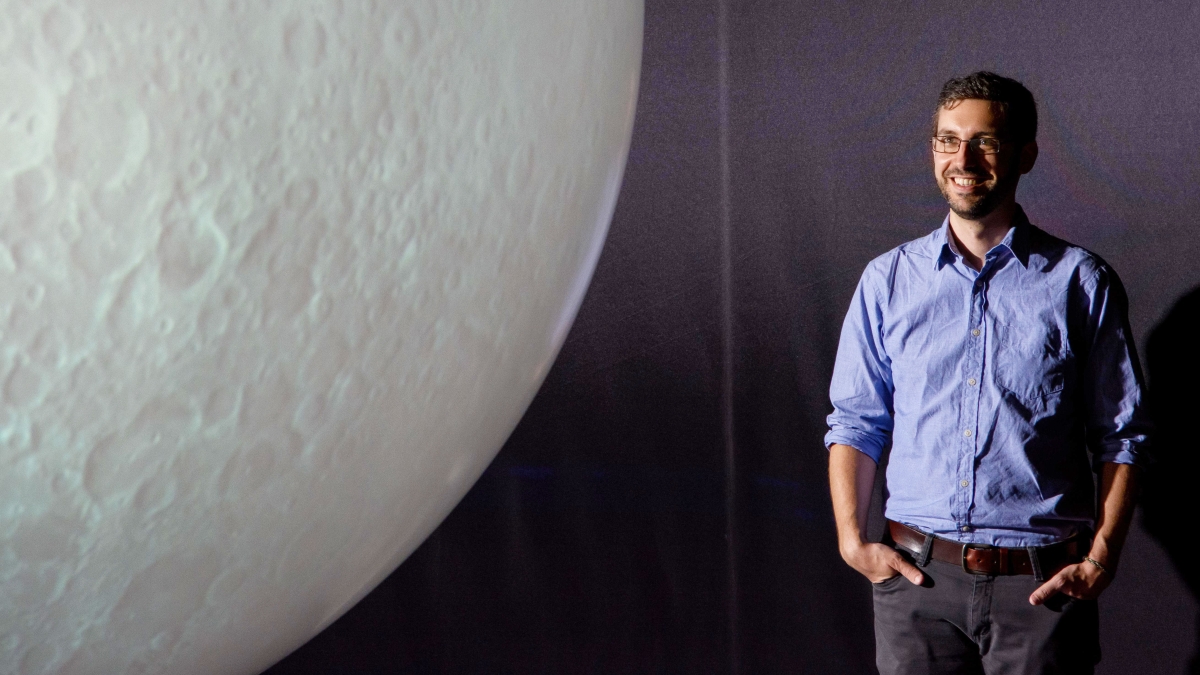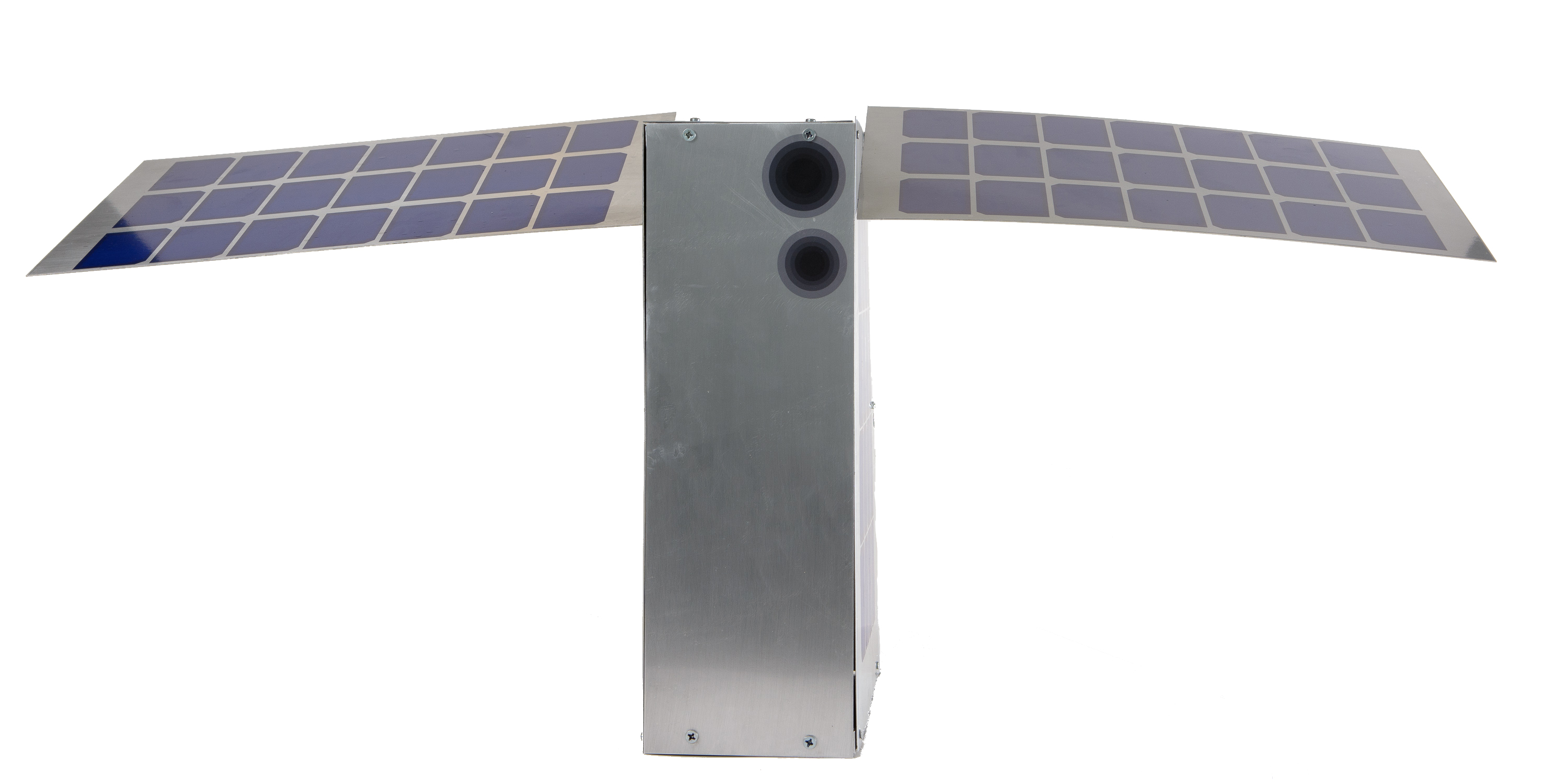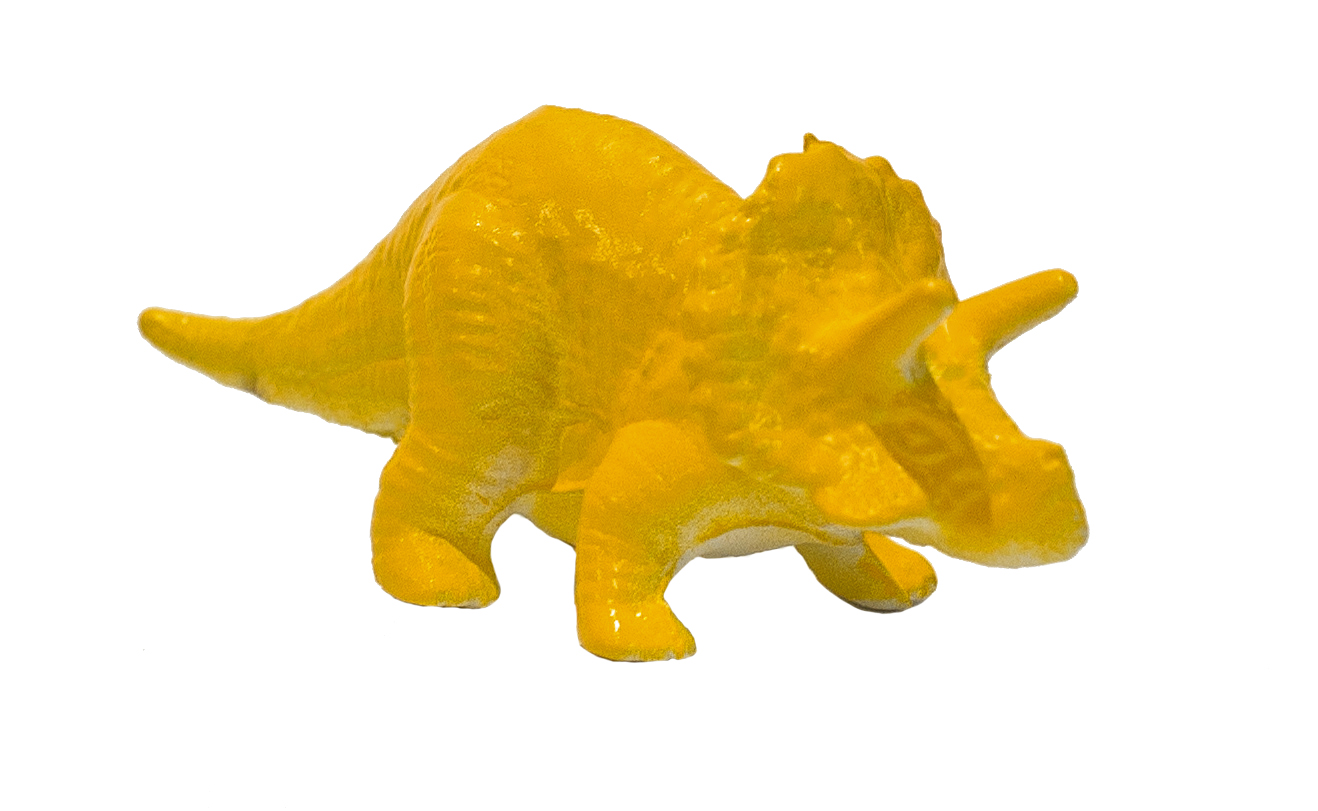Craig Hardgrove was fascinated with dinosaurs. When he found out they were killed off by an asteroid, he became fascinated with space. Now he’s head of a NASA satellite project to explore water-ice deposits on moon. “If you’re interested in something, you never really know where it’s going to lead you,” Craig says.
Luna-H Map
Lunar Polar Hydrogen Mapper
It has been six years since deposits of water were found on the moon. Now the question isn’t “Is there,” but “How much” and “Where.” The LunaH-Map orbiter will train two neutron spectrometers on the moon’s south pole region to confirm and map water deposits in the always-dark craters there. The results will become part of NASA’s strategy for sending humans farther into the solar system.
Craig's favorite dinosaur
triceratops [trahy-ser-uh-tops]
Triceratops exceeded the largest rhinoceroses in bulk, equalling a fairly large elephant, but with much shorter legs.
Explore your interests, options, future
me3 is an interactive game that leads college-bound students to new, even unexpected paths like Craig’s. They explore career interests, relate them to college majors, and design a high school experience around them. Explore more
Download the Learn to Thrive app in the App Store or Google Play Store for more interactive features.
More Science and technology

Diagnosing data corruption
You are in your doctor’s office for your annual physical and you notice the change. This year, your doctor no longer has your health history in five-inch stack of paperwork fastened together with…
Large-scale study reveals true impact of ASU VR lab on science education
Students at Arizona State University love the Dreamscape Learn virtual reality biology experiences, and the intense engagement it creates is leading to higher grades and more persistence for biology…

ASU-led space telescope is ready to fly
The Star Planet Activity Research CubeSat, or SPARCS, a small space telescope that will monitor the flares and sunspot activity of low-mass stars, has now passed its pre-shipment review by NASA.…




